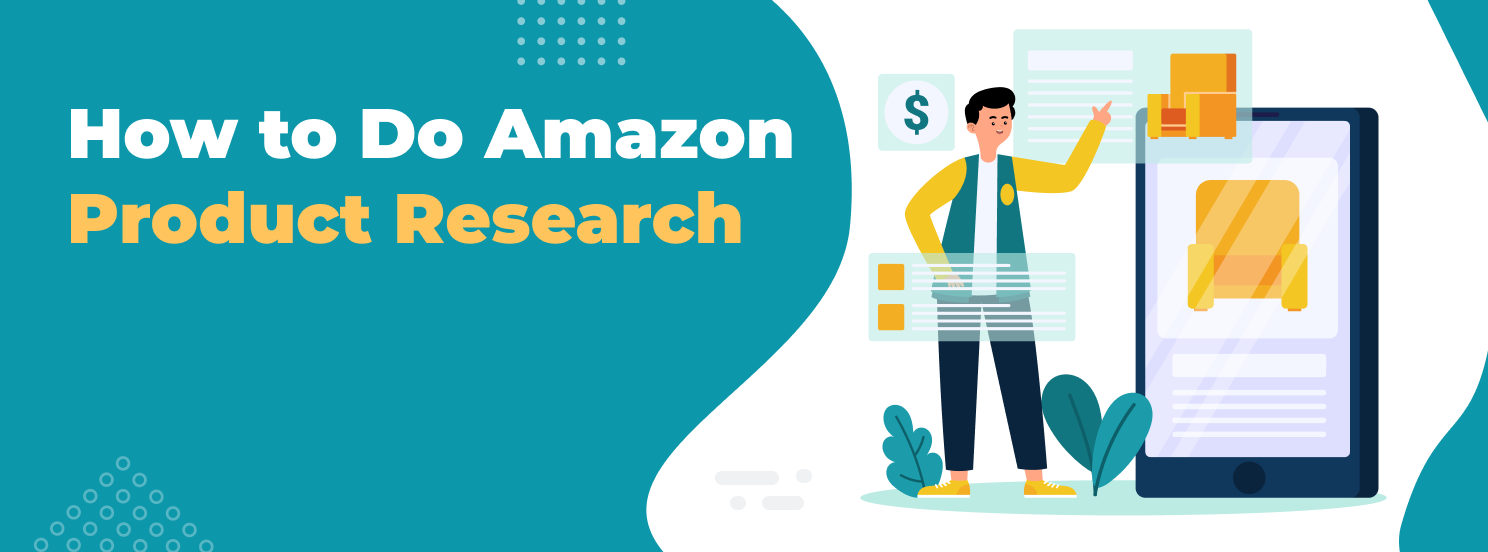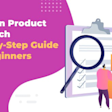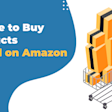
A Four-Step Framework for Amazon Product Research
I’m Dan, and I’ve been selling on Amazon for over seven years. During this time, I’ve had plenty of wins but I’ve also had my fair share of failures. I document each step of my Amazon journey on my own blog: GarlicPressSeller.com
Launching new products on Amazon has only gotten tougher. Success now comes down to effective Amazon product research, realistic expectations, and attention to detail. You can’t just throw a product onto the platform and hope it sells. That’s why I want to share the exact four-step process I use when evaluating new product ideas.
Step 1: Use a Product Research Tool
The first step is always using a reliable Amazon product research tool. Without one, you’re basically operating in the dark. Tools like the AMZScout Product Database act as a product finder, designed to show you sales data, revenue estimates, and review counts so you can make informed decisions.
Here are the filters I always apply:
Revenue: At least $3,000/month – this ensures that the market has enough demand.
Reviews: No more than 100 – that’s a level I can realistically compete with.
Size and weight: I avoid oversized items to reduce FBA fees, shipping, and storage costs.
Categories: I skip overly technical products that carry a high risk of defects and bad reviews.
Once I apply these filters, I get a list of potential items. From there, I save niches or products that look promising for deeper analysis. Think of this as the questionnaire stage of product research, in which I narrow down the market before committing to testing any specific products.
Step 2: Analyze Competitors on the First Two Pages
Next, I analyze the market by looking at the first two pages of Amazon results. If my listing doesn’t rank on page one, the product won’t succeed, so I pay close attention here.
When reviewing competitors, I focus on:
Reviews – not just the ratings and numbers, but also the details. Customer complaints often reveal opportunities for product development and innovation.
Listing quality – including images, copy, keywords, and A+ Content. If competitors’ listings are weak here, this gives me a chance to stand out.
After step two, the shortlist gets even shorter, and I’m usually left with just a couple of amazing niches. Now I can decide how many of these I want to keep as I move on to step 3.
Step 3: Validate with Real Numbers
Even the best-looking idea can fail if the margins aren’t there. That’s why I always run the numbers before moving forward with any product development. Here’s how I validate a product idea:
Check sourcing prices on Alibaba or other supplier platforms.
Request freight quotes and confirm import duties for a true landed cost.
Calculate Amazon’s FBA fees along with storage and shipping.
Set aside a PPC budget – advertising is critical for new product launches.
By the end of this step, I know exactly whether the product is likely to be profitable or not. This prevents me from wasting capital chasing “the best product” that won’t actually work in practice.
Step 4: Test Before Scaling
Numbers are important, but the final step is always product-testing. I never go all-in right away. Instead, I place a small test order and launch it with ads to confirm demand.
Tips to help reduce risk:
Negotiate the MOQ with suppliers by promising larger future orders.
Ship multiple new test products together to save on freight costs.
Monitor your ad performance closely to decide whether to scale or stop.
This approach keeps risk low while providing me with real data. If a product passes the test, scaling becomes much easier and safer.
Conclusion
Effective Amazon product research is all about using the right services and tools, filtering opportunities with data, and testing before committing large amounts of capital.
By following these four steps, you can go from “new product idea” to a tested, profitable Amazon listing with minimal stress. For me as a seller, this process has turned failures into lessons and helped me focus on sustainable growth.
FAQ
How do I know if a product is worth selling on Amazon?
Check three things: Demand (at least $3,000/month in revenue), competition (under 100 reviews is ideal), and profitability (calculate sourcing costs, FBA fees, shipping, and PPC). If the numbers make sense, then the product is worth testing.
Do I need to conduct product-testing before scaling?
Yes. Even with strong research, the market can surprise you. Running a small test order with ads allows you to validate demand before investing in large quantities. This step reduces risk and confirms that your product idea works in practice.
How do I find new product ideas on Amazon?
Use a product research tool with filters for data like revenue, reviews, size, category. Then, study customer reviews to spot missing features and opportunities for product development and innovation. Combining tools with customer feedback is the most effective way to generate new ideas.





